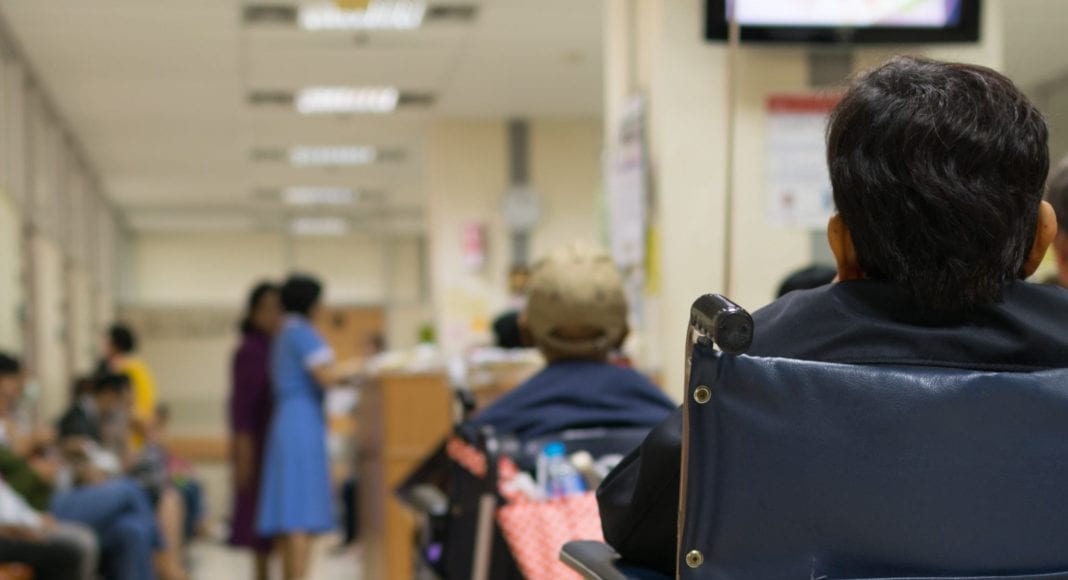Nextivity CEO discusses the opportunity for in-building wireless in health care segment
As enterprises in a variety of verticals increase investment in in-building wireless systems to support typical cellular use cases—voice, text and data—as well internet of things (IoT) deployments, vendors are faced with serving a fragmented market that comprises buildings ranging from huge stadiums and airports to much smaller facilities like hospitals and outpatient clinics.
Even within that health care segment, there’s huge variation in both in-building wireless needs and ownership models. A major hospital in New York City, for instance, has very different connectivity needs than the less than 500,000 square foot hospitals that pepper the United States and the world. On the ownership side, sometimes cities or counties own the building and contract management to a hospital operator; in other cases, the hospital might be owned and operated by a single entity or part of larger national chain which holds the budget for multiple sites.
In a recent interview with RCR Wireless News, Werner Sievers, president and CEO of San Diego, Calif.-based Nextivity, explained that hospitals in the U.S. have something like 7% or 8% cellular penetration. “If you look at the penetration of hospitals,” he said, “we figured out the penetration was really low. We also figured out that, other than the obvious big city- or state-owned hospitals, their size, very often, were well under 1 million square feet if not under 500,000 square feet. At the end of the day, it was clear to us in a reasonably short period of time…that this was an underserved marketplace and the legacy costs associated with serving this industry was multiples too high—not somewhat too high, multiples too high.”
Depending on building size, signal boosters can prove ineffective in delivering the capacity and coverage needed, and a multi-carrier active distributed antenna system (DAS) is cost prohibitive. This is where Sievers sees Nextivity’s Cel-Fi Quatra as providing the coverage and capacity needed at a price hospital operators can stomach. The solution uses Cat 5 Ethernet cabling to deliver power and RF over Ethernet, and is certified for use on carrier networks around the world.
“We started partnering with guys who knew that space, did legacy installs in those buildings, and got them to a point of understanding,” Sievers said, speaking of the company’s relationships with system integrators and other equipment installers. Now, “We do exceptionally well in those environments.”
He said hospitals, given the presence of a variety of signal-emitting equipment like MRI machines, can be complex RF environments, and noted that sometimes ownership will opt to install multiple parallel systems to support public areas in the building, as well as back-of-house machinations like admissions, administration, accounting and so forth.
“It’s quite a diverse set of requirements when you bid for a building like this,” he said. “In some instances we’ll do four carriers that are required for visitors areas. Some will say they only need to support AT&T and Verizon. In some instances, the back offices, they’re on company- or facility-issues phones, so it can be a single carrier environment. That environment suits us to a T. We can be fleet-footed in all those situations. And quick. When you’re installing in a hospital, there’s no downtime. You can’t hang around the corridors at 11 o’clock at night while you drill holes.” He said a typical install time is less than two days.

